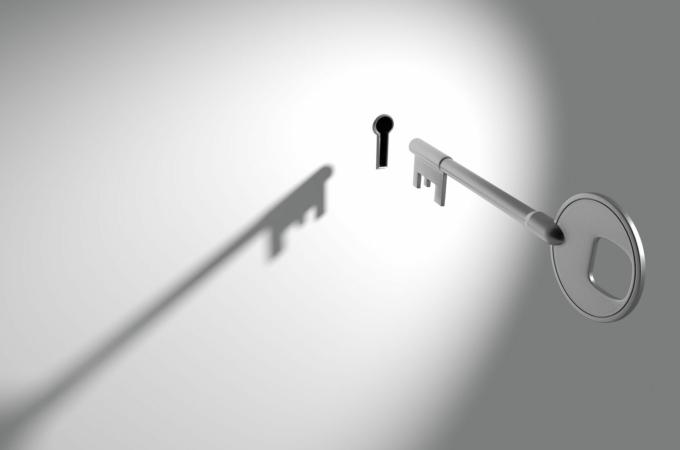'Secret' church archives
Q. Among its general findings, the Pennsylvania grand jury stated that canon law requires each diocese to maintain a "secret archive" to which only the bishop has the key. Is that true and, if so, what is the purpose of such an "archive"? (West Sand Lake, New York)
A. The canons to which you refer (Code of Canon Law, Nos. 489-90), after detailing the requirements for diocesan record keeping, provide that a separate "secret" file should be maintained, to which "only the bishop is to have the key."
Commonly, records of parishioners' complaints against priests would be kept in such a confidential file -- including such matters as alcohol issues, disputes over parish finances or sexual misconduct. (Not unlike the way businesses keep sensitive and private personnel files regarding such matters as the disciplining or firing of a particular employee.)
By categorizing this file as "secret," the church does not stipulate that no one else but the bishop may ever see it. Other senior diocesan staff members, for example, may from time to time need to access such a file with the bishop's permission; and, in the case of sexual abuse of minors, several states have now subpoenaed such diocesan files.
Recently, Bishop Edward B. Scharfenberger requested the Albany, New York, district attorney to review all of the diocese's records relative to how each complaint of sexual abuse has been handled. The U.S. bishops' Charter for the Protection of Children and Young People, issued in 2002, provides that dioceses "are to report an allegation of sexual abuse of a person who is a minor to public authorities," but no such requirement was in effect universally during prior years.
Q. Luke's Gospel begins, "Several biographies of Christ have already been written." Why, then, are there only four Gospels in the New Testament, and how were they chosen? (Charlottesville, Virginia)
A. First, just a comment on your quote from the opening verse of Luke. The text you offer comes from an edition called the Living Bible. I prefer instead the New American Bible (used by the Catholic Church at liturgies), which translates that same line as follows: "Many have undertaken to compile a narrative of the events that have been fulfilled among us."
The difficulty I have with version you are quoting is that the four canonical Gospels are not really "biographies" in the contemporary sense of that word. They mention very little, for example, about the early life of Jesus and have varying views on the exact sequence of events during Christ's public life.
Matthew, Mark, Luke and John can more properly be seen as statements of faith -- narratives of some of the actions and sayings of Jesus to convey the writers' conviction that Christ was indeed the Messiah.
While it is true that many accounts regarding Jesus were circulated in the early church and became the subject of discussion and debate, by about the year 180, Irenaeus, bishop of Lyon in Gaul, noted that there were four and only four authoritative Gospels -- Matthew, Mark, Luke and John. This reflected a growing consensus among Christian scholars, and only those four versions were commonly considered as proper for liturgical use. Following the Protestant Reformation that same Catholic canon of the Gospels was reaffirmed at the Council of Trent in 1546.
Some of the common characteristics of the four Gospels declared to be canonical were a central focus on Jesus as savior and divine Son of God (not just an enlightened teacher, as some of the apocryphal versions had it) and the inclusion of the Passion narrative.
- - -
Questions may be sent to Father Kenneth Doyle at askfatherdoyle@gmail.com and 30 Columbia Circle Dr., Albany, New York 12203.
- Father Kenneth Doyle is a columnist for Catholic News Service



















